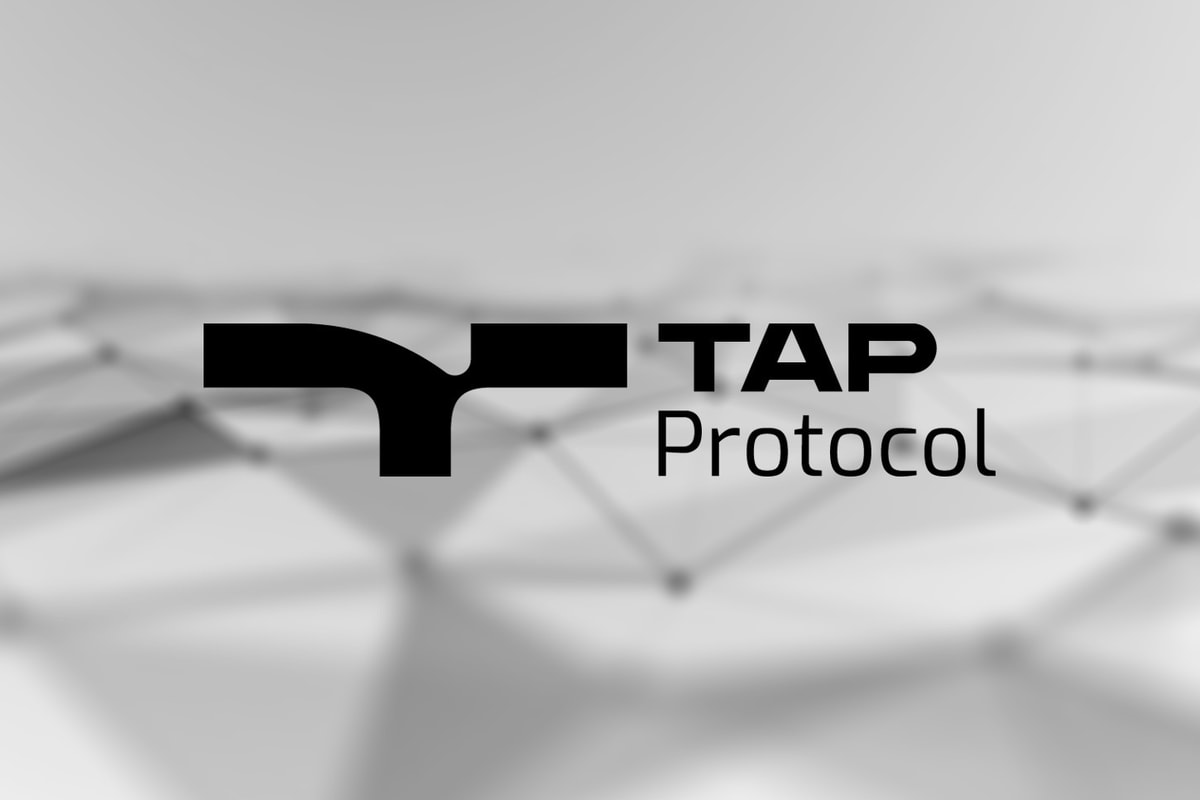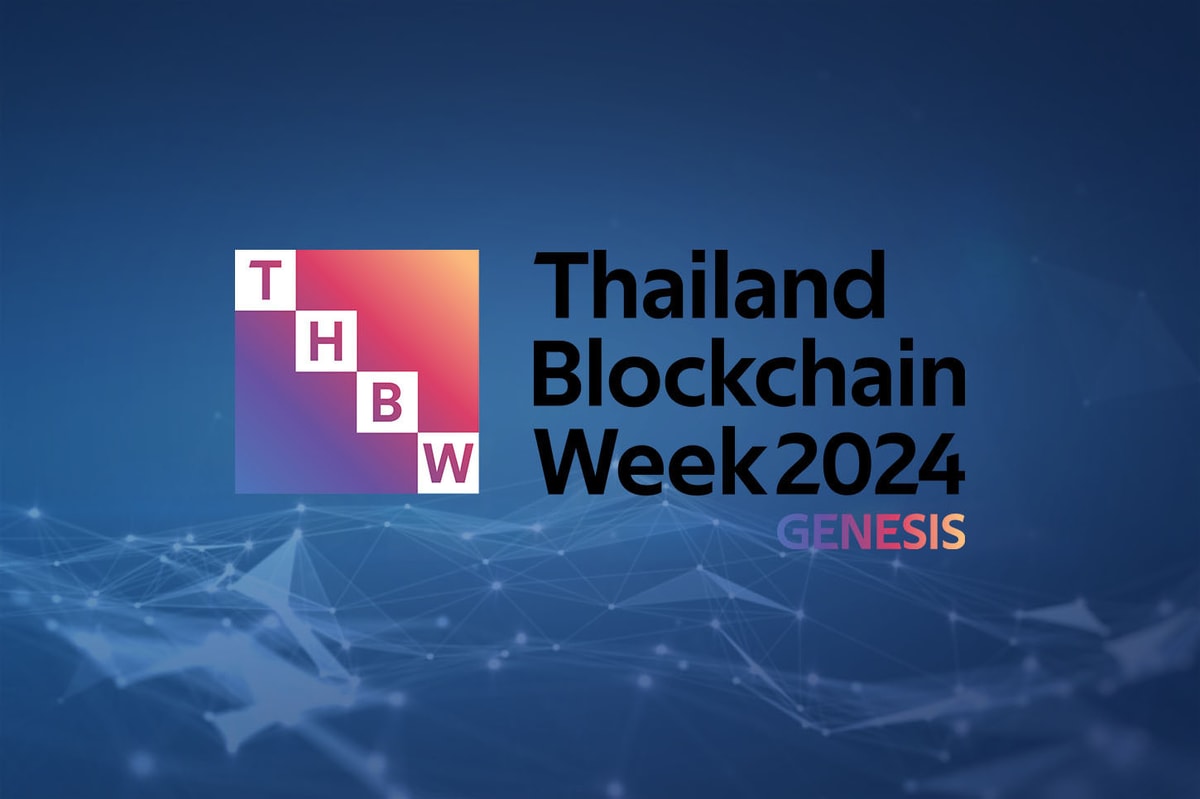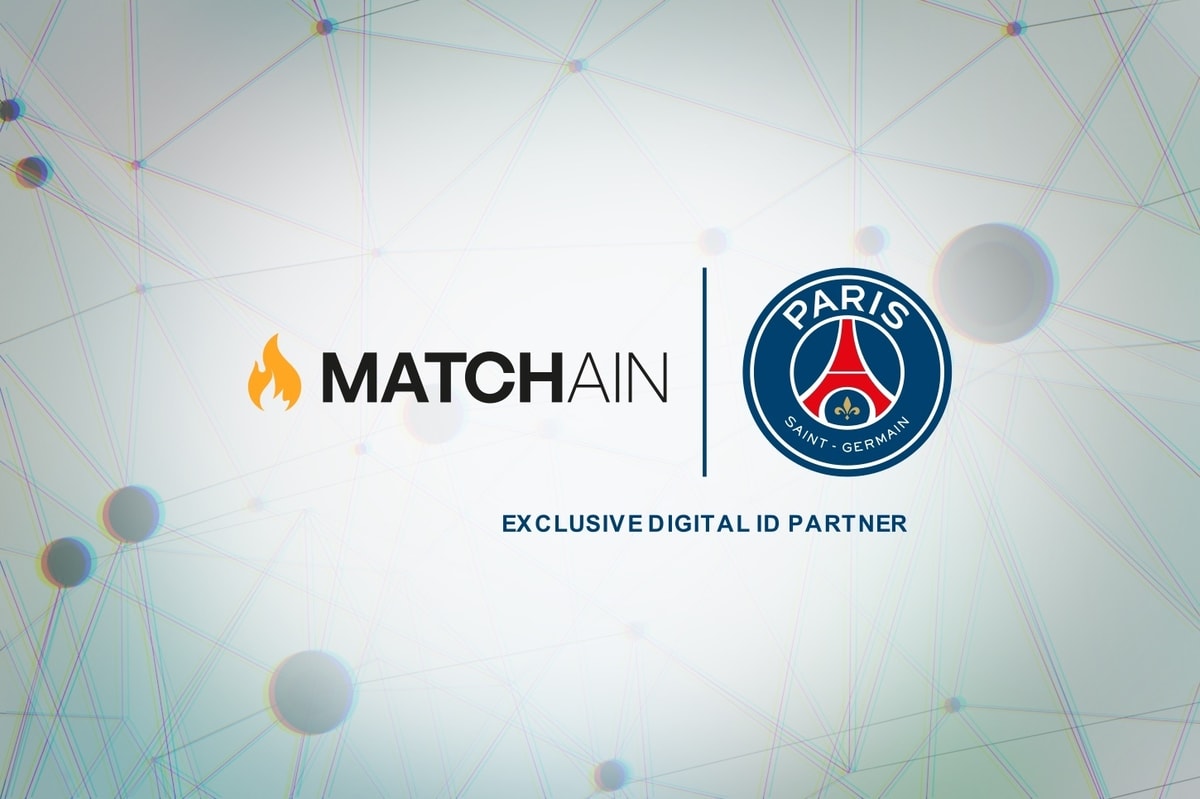
In the rapidly evolving landscape of Web3 and decentralized technologies, one of the persistent challenges has been establishing trust and accountability among participants.
With the rise of blockchain and cryptocurrency, public transparency is crucial, but it raises concerns about identity verification and malicious behavior. Bad actors, through data manipulation, scams, or fraud, can significantly impact community members. Without centralized oversight, users often lack recourse or protection on these platforms.

At Itheum, innovative solutions like Bonding and Liveliness scores have emerged, introducing community-supportive concepts within Data NFTs. Ensuring data integrity and creator intentions is paramount. Itheum's implementation of these scores serves as a safeguard, empowering users to make informed decisions, gauge reliability, and mitigate risks associated with potential bad actors, fostering a safer data exchange environment.
Before Bonding and Liveliness scores, the Data NFT minting platform used the Whitelisting of creators to build trust and reduce risks. Now, as Itheum moves towards full decentralization, these guardrails are being removed, marking a significant step toward a more open and inclusive decentralized data ownership and exchange ecosystem.

Breaking Barriers With an Open Approach to Data NFT Creation
The initial guardrails implemented by Itheum served as a security measure aimed at safeguarding the community within the open data market. However, these measures introduced centralized processes that made it challenging for data creators to convert their assets into Data NFTs. To address this, we chose to open public discussions via our community channels and the DAO on feedback on how to decentralize the platform by removing these restrictions.
We're excited to announce that Itheum is now more accessible than ever. Anyone can easily convert their data into Data NFTs without facing any barriers. The platform is open to all, creators can demonstrate their Liveliness score, ensuring broader access to their work.
We've introduced a Bonding system to enhance trust, when creators mint a Data NFT Collection, they must bond a specific amount of $ITHEUM tokens for a set period. Currently, 999 $ITHEUM tokens for 3 months and this decision is a DAO-based consensus where a community member can participate.
We've launched the Itheum Trailblazer DAO to engage our community in decision-making. Here, everyone can share their thoughts. Join the discussion and contribute your ideas at https://peerme.io/itheum-trailblazer-dao. Your feedback is crucial as we work together to refine our decentralized protocol for the benefit of everyone involved, including data creators, consumers, and community members.
The removal of the Whitelisting Guardrail represents a significant shift in accessibility and inclusivity within our platform. Previously, only approved data creators could access the minting platform to convert their data into Data NFTs. Now, with the guardrail removed, this form is open to everyone, democratizing the process and empowering a wider range of individuals to participate in the Data NFT ecosystem.
With the launch of the Trailblazer DAO, we're pioneering a community-curated platform for data exchange within the Itheum ecosystem. Our vision empowers the community to curate datasets, propose ideas, and govern the Data Exchange on the Itheum Data NFT Marketplace, ensuring transparency, inclusivity, and active participation in decentralized data ownership and exchange.
Unlocking Digital Ownership: What Can You Tokenize with Data NFTs?
With the protocol now open, many individuals interested in participating in the Data Economy are asking what can be minted as a Data NFT. To answer this question, let's delve into how Data NFTs function and what makes them unique. A Data NFT serves as a license granting access to specific datasets. Essentially, anyone with digital content to share can secure access to their data streams through Data NFTs. By associating a Data Stream with a Data NFT, the location of the data is masked, allowing only the NFT owner to access this information through the Data Marshal Network.
So, what can actually be minted as a Data NFT? The answer is quite expansive: virtually anything existing in the digital realm! Let's explore some ideas:
- Musicians can tokenize their music albums or dynamic playlists, enabling exclusive access via Data NFTs.
- Talented designers can offer access to their creative designs through Data NFTs.
- Photographers can create albums and sell them as Data NFTs, updating them regularly to engage with their audience.
- Writers can mint their ebooks as Data NFTs, providing unique ownership rights.
- Blockchain enthusiasts can extract and tokenize datasets related to blockchain information, allowing others to utilize this data for analytics or research.
Imagine the possibilities: whether you've created music, designs, photography, written content, or valuable datasets, now is the time to truly own and monetize your digital assets through Itheum's Data NFTs. Join the Data Economy and harness the power of decentralized ownership and exchange facilitated by Data NFTs on our platform.
Try it now: itheum.io/create











